Netherlands Travel - Drenthe Province
Since the Middle Ages, Drenthe has mostly been a sparsely populated agricultural area. Although the province is primarily used for agriculture, there is a minor industry in the towns of Assen (the provincial capital) and Emmen. Drenthe has a prehistoric past, and some of the oldest relics in the Netherlands can be found there. Ironically, before the Bronze Age, the region had one of the highest densities of people in the entire nation. The origins of 52 Neolithic monuments in Drenthe are still unknown; they are simply known as "hunebedden" (dolmens) but believed to be older than the English Stonehenge or the Egyptian Pyramids. When Vincent van Gogh visited the area early in his career, he depicted Dutch farmers at work, drawing inspiration from Drenthe.
So through this series of articles, I intend to share our stories and experiences of traveling across the Drenthe province of the Netherlands with our fellow photography and travel enthusiasts. I hope they help you plan your travels across this beautiful province!
Before we begin our story today, let me ask you a “Did you know?” question. Did you know that there are Stonehenges in the Netherlands? And that they are older than the English Stonehenge and the Egyptian Pyramids? And that too not just 1, but 54? If not, this article is for you. In this article, I’m going to demystify the prehistoric Hunebedden (meaning giant beds in Dutch) for you. So without further delay, let me share with you the intriguing story of the Hunebedden or Dolmens of the Netherlands.
While it's well known that Amsterdam, the lively capital city filled with canals and coffee shops, is frequently the first (and, let's face it, sometimes the only) stop for tourists in the Netherlands, there are a plethora of other, less-visited locations throughout the nation that are equally as worthwhile. Travelers will be surprised by how diversified the Netherlands' landscapes are for such a small nation.
Summers in the Netherlands can be a genuine celebration with the sun, sea, beach, festivals, music, overnight stays, lovely pavement cafés, delectable food, and fine wine! The longest day of the year, or the Summer Solstice, which occurs on June 21, marks the beginning of summer, according to the astronomical calendar. June, July, and August are regarded as the summer months by meteorologists. As a result of its maritime climate, which is influenced by the North Sea and the Atlantic Ocean, the Netherlands experiences a variety of weather conditions throughout the summer, including a few hot days with temperatures considerably over the 25-degree threshold.
Spring is undoubtedly the most fascinating season in the Netherlands and therefore, the best time for tourists to visit this beautiful country. After dull, grey, and cold winter months, as the sun starts peeping through the clouds, the sky turns blue and the days get longer and warmer, you know spring is in the air. And during these spring months of mid-March to mid-May, being the largest exporter of flowers globally, the whole country transforms into a vast ocean of flowers. It starts with cherry blossoms, crocuses, daffodils, and hyacinths between mid-March and mid-April, followed by the famous tulips between mid-April and mid-May. This makes it a great time to explore the Dutch countryside.
The Mexican painter Frida Kahlo (1907-1954), is without a doubt one of the most well-known and renowned artists in the world today. Her remarkable works of art, turbulent life, and unconventional lifestyle made her a global icon and cult figure. She suffered severe agony as a result of a tragic bus accident and had to endure multiple surgeries throughout her life. Her passion for art, her love for her husband, Diego Rivera, and Mexico's indigenous culture gave her the fortitude to persevere.
Being Dutch citizens ourselves living in the Netherlands for many years, and having traveled to 100+ cities, towns, and villages across all 12 provinces of the country, we’ve discovered many hidden treasures that are not featured in any travel brochures or websites, and many of our Dutch friends aren’t even aware of them, making them perfect for crowd-weary travelers.
Being Dutch citizens ourselves living in the Netherlands for many years, and having traveled to 100+ cities, towns, and villages across all 12 provinces of the country, discovering many hidden treasures on the way that are not featured in any travel brochures or websites, I can safely proclaim that we’ve seen this country more than many of the locals.

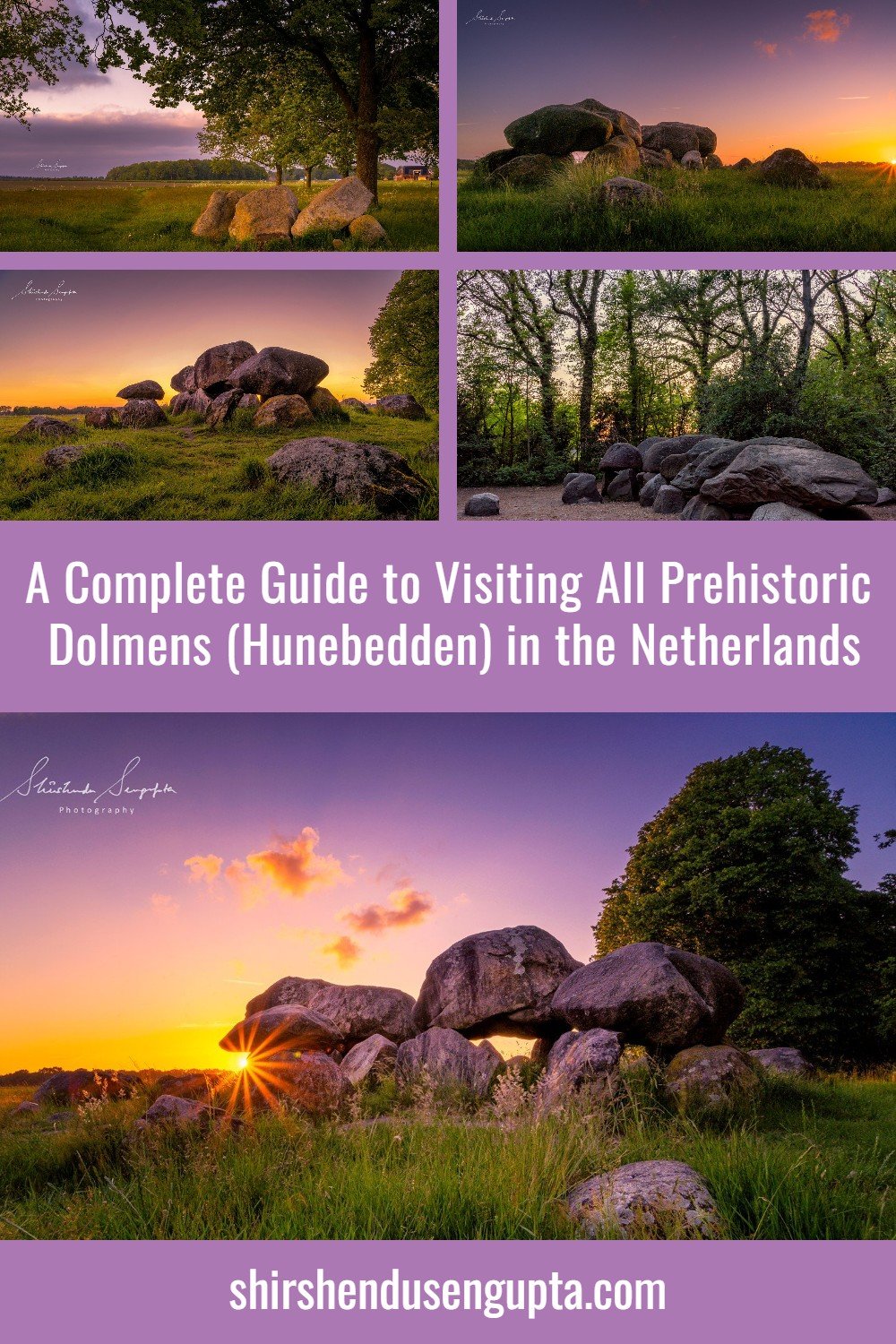
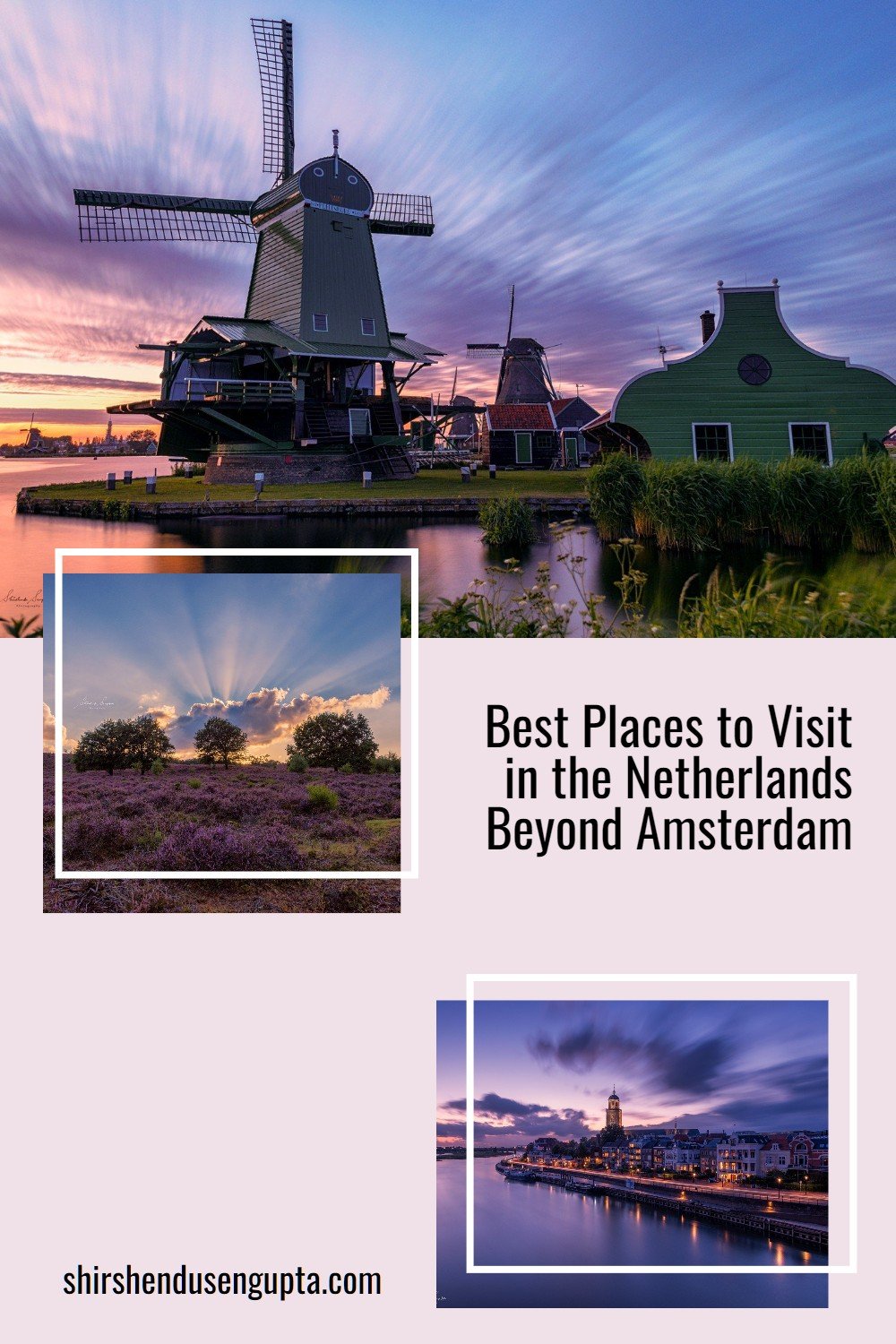
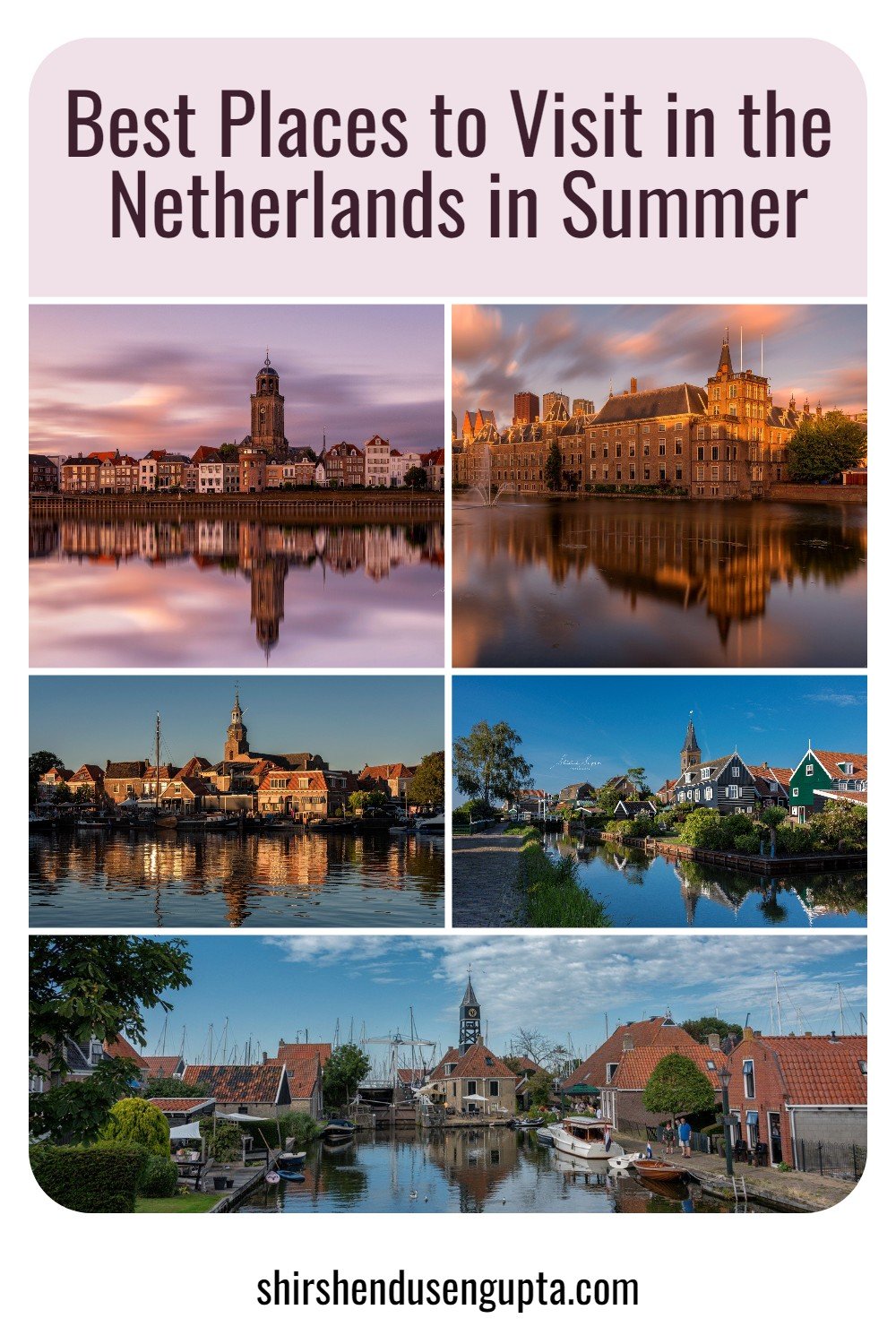
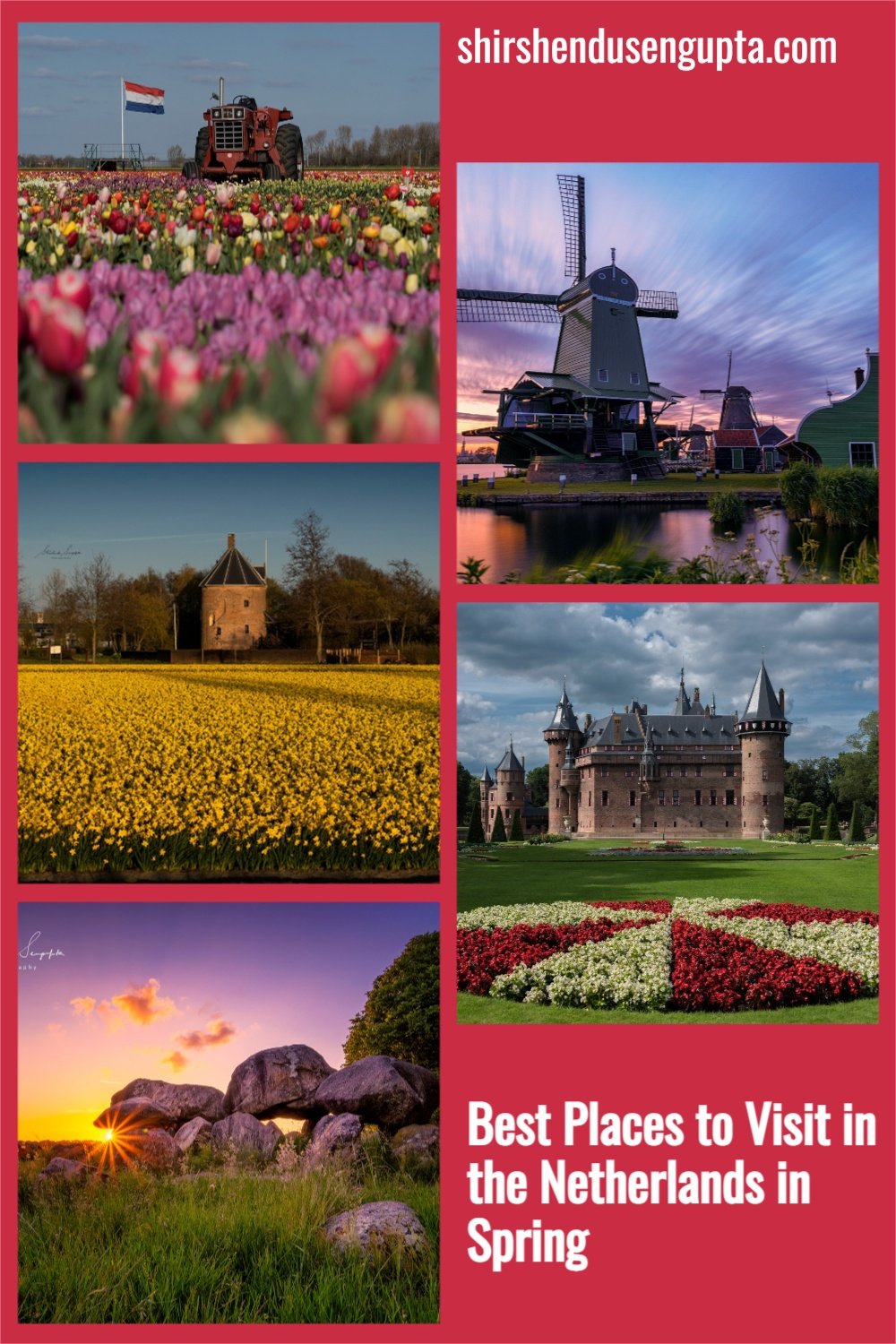


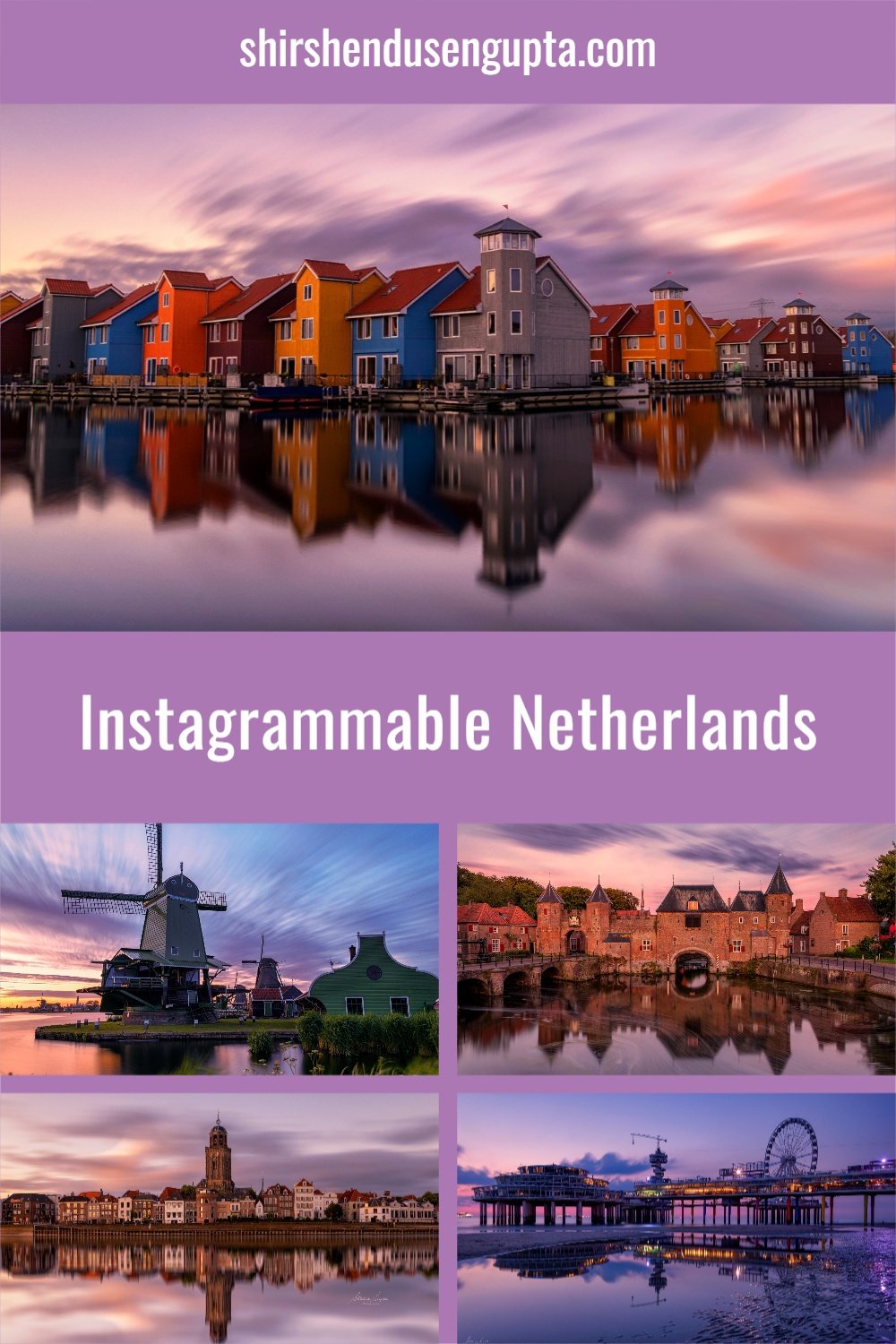
Many nations have windmills, but the Netherlands has so many of them and they are such a significant part of the nation's industrial and cultural legacy that many people throughout the world associate windmills with the country. From the Middle Ages onward, windmills have been a defining feature of the Dutch countryside. In the heyday of the windmills during the 19th century, there were roughly 9,000 windmills in the country. Even though the Industrial Revolution replaced windmills with steam, diesel, and later electricity, over 1,000 antique windmills, many of which are still operational, still stand throughout the Netherlands thanks to historic preservation initiatives. Today, along with cheese, tulips, and clogs, they are among the most well-known images of Holland. For this reason, visiting a windmill has to be at the top of your travel itinerary when visiting the Netherlands.